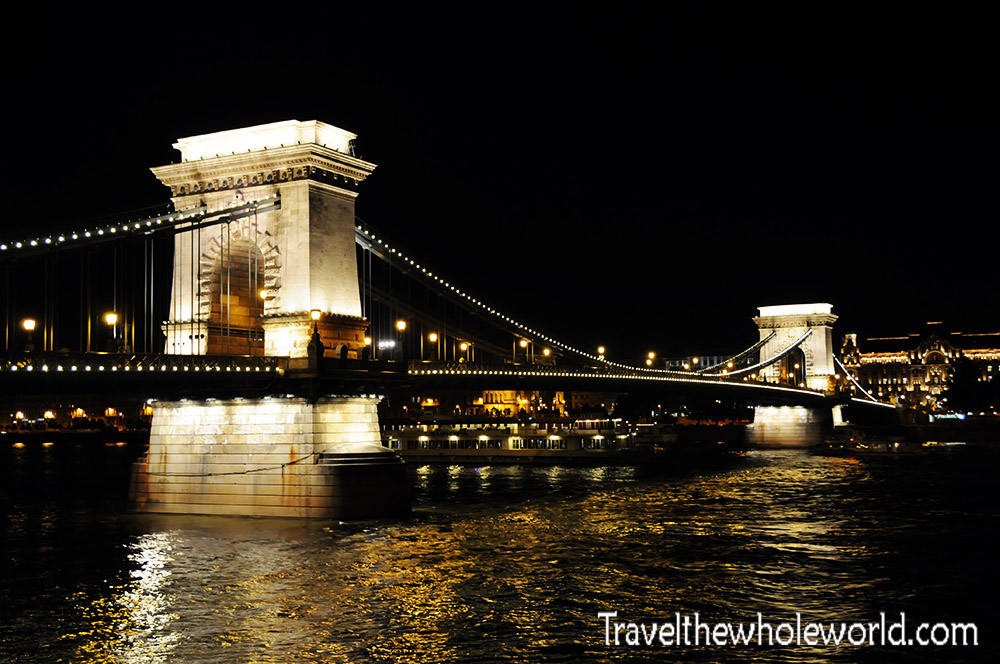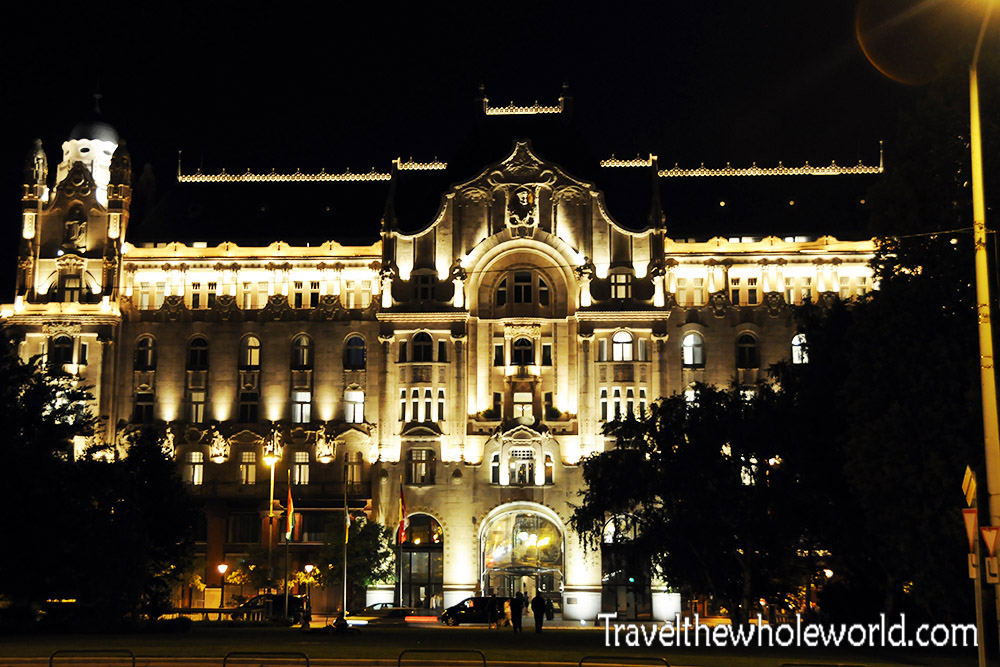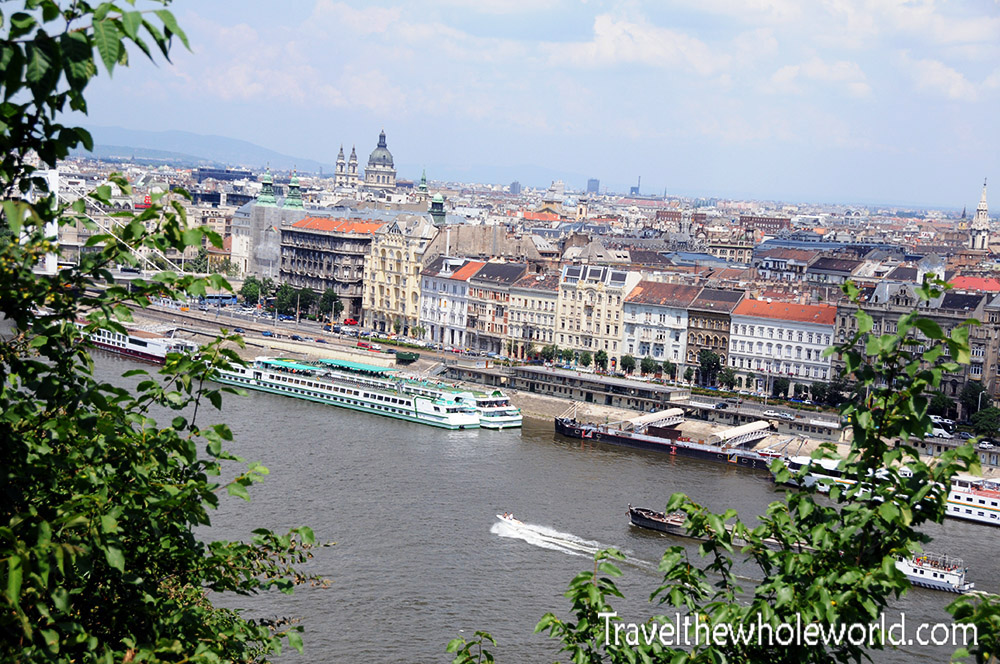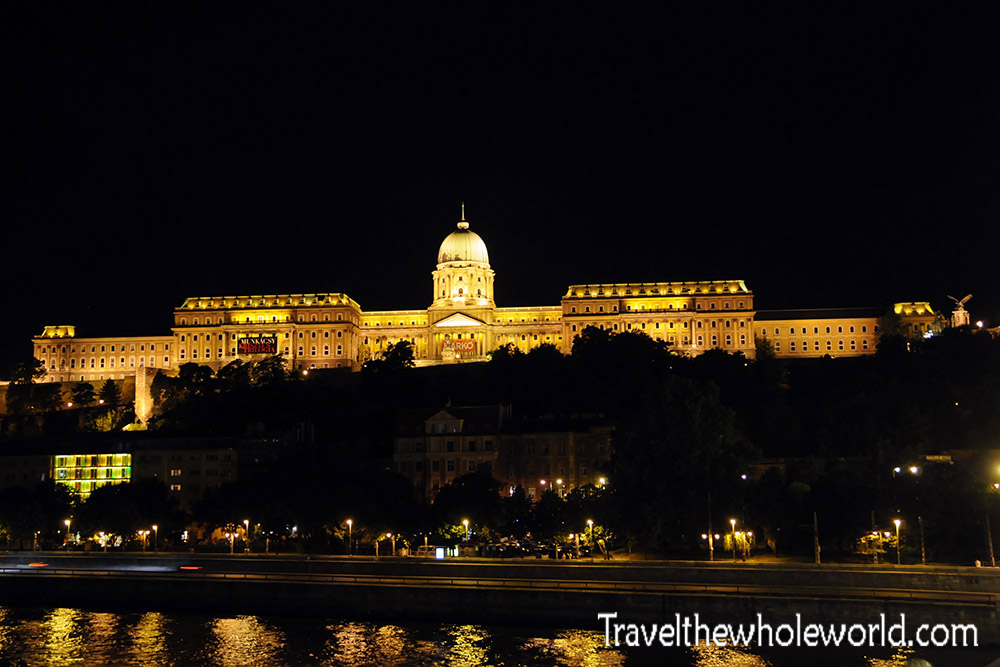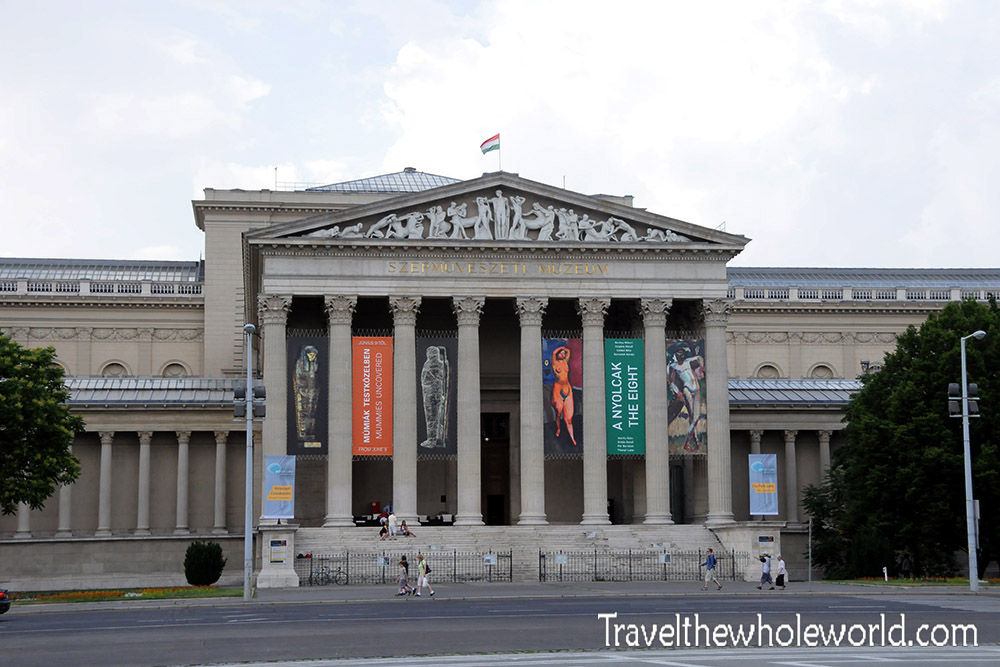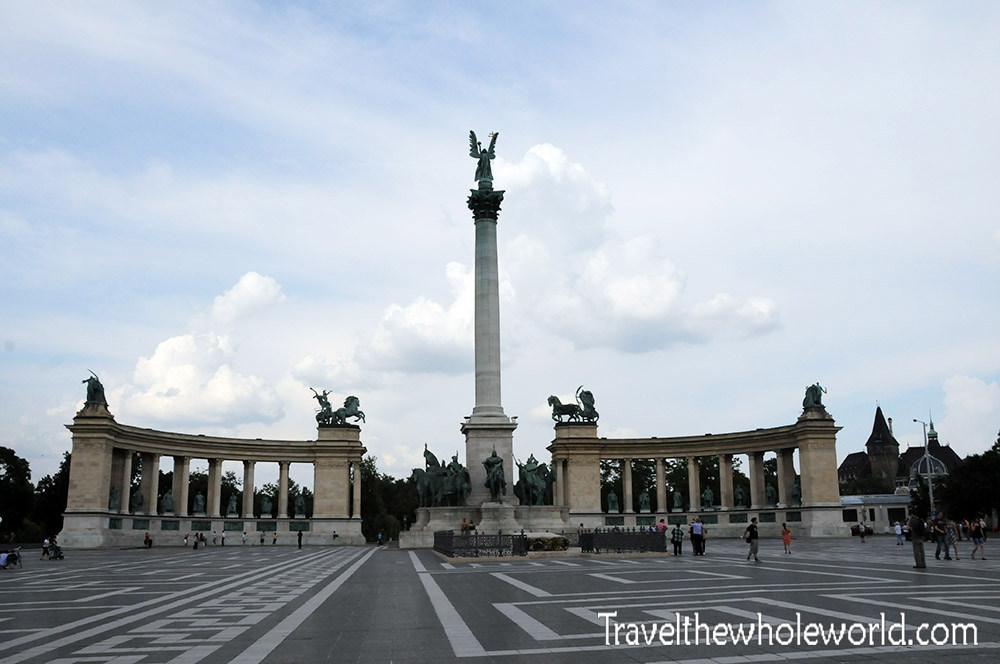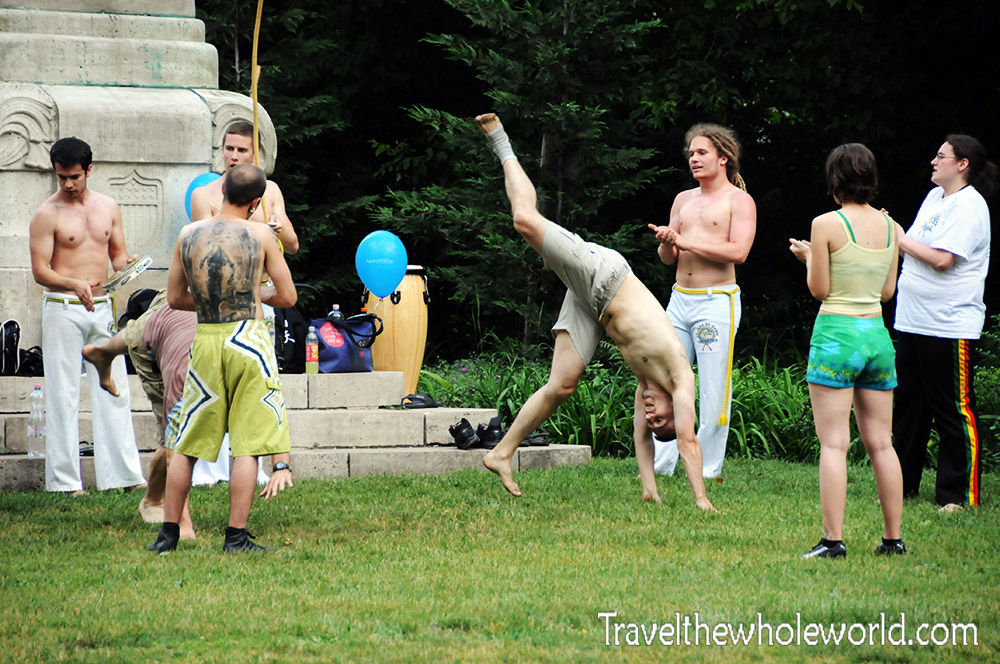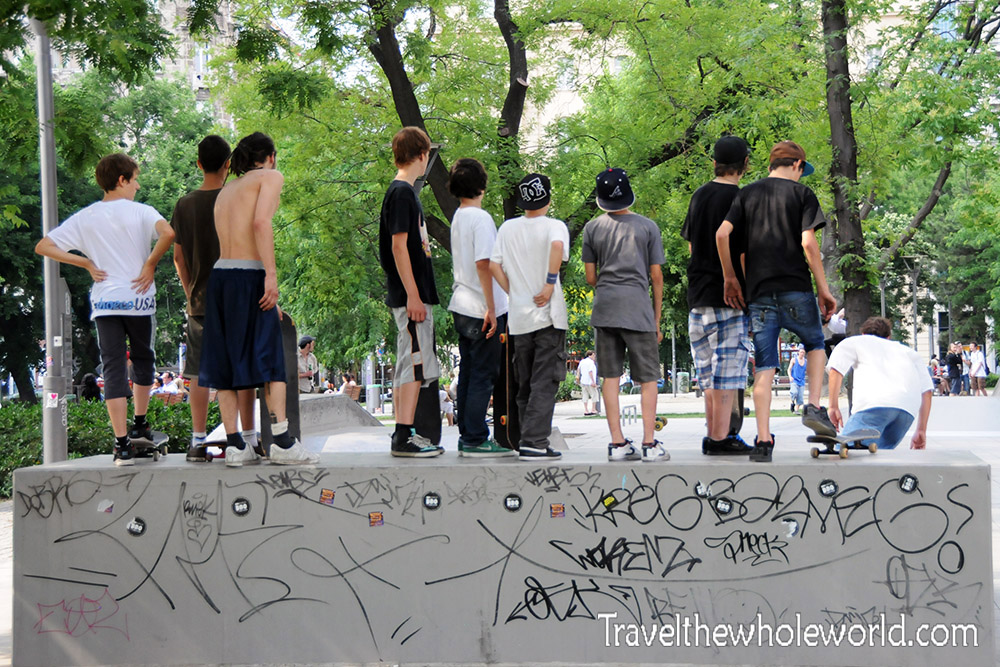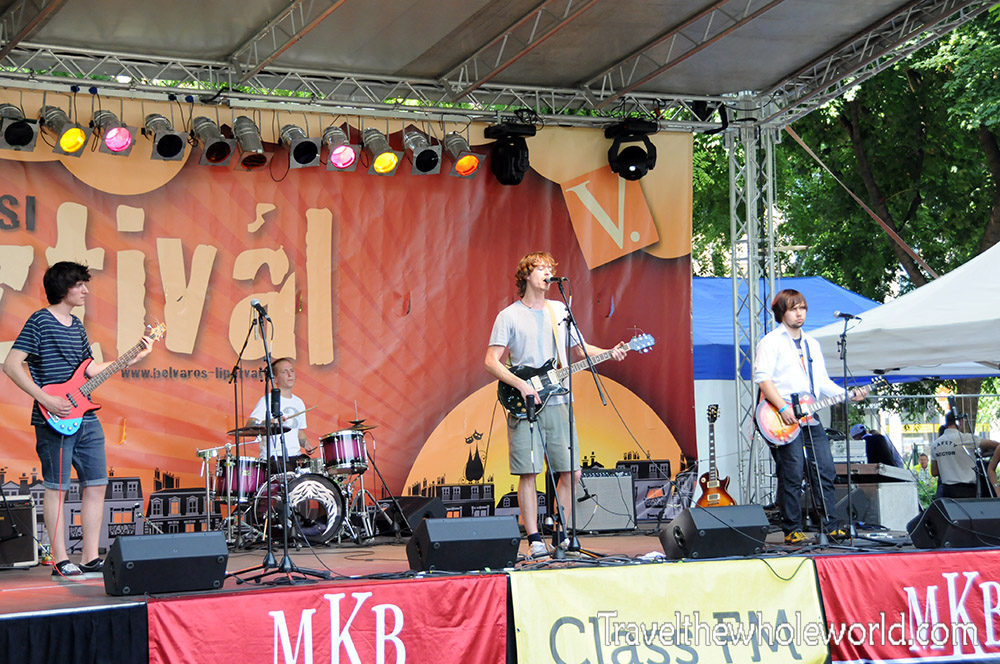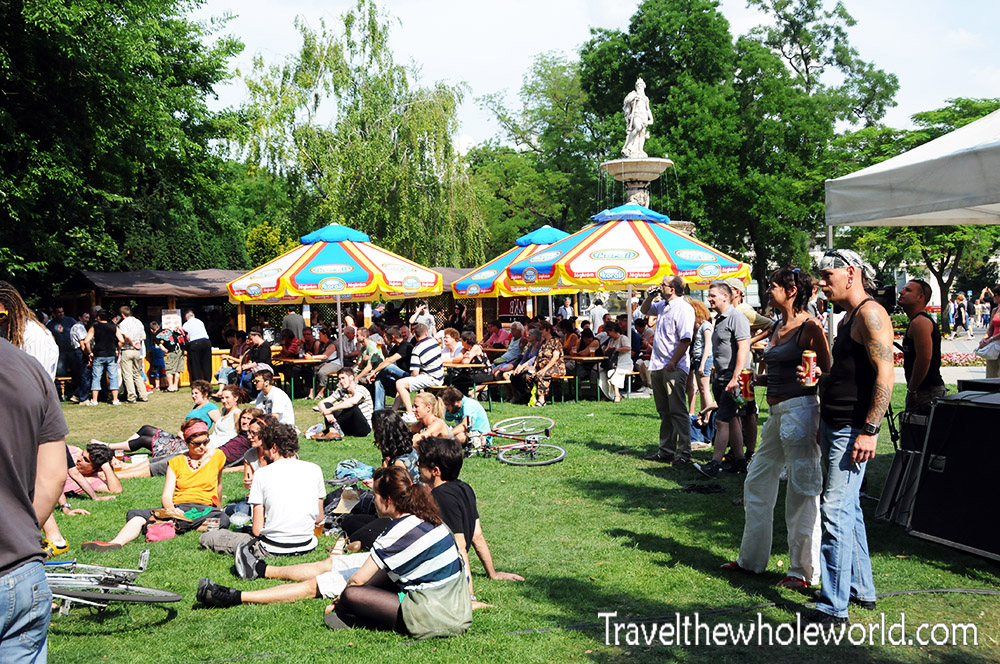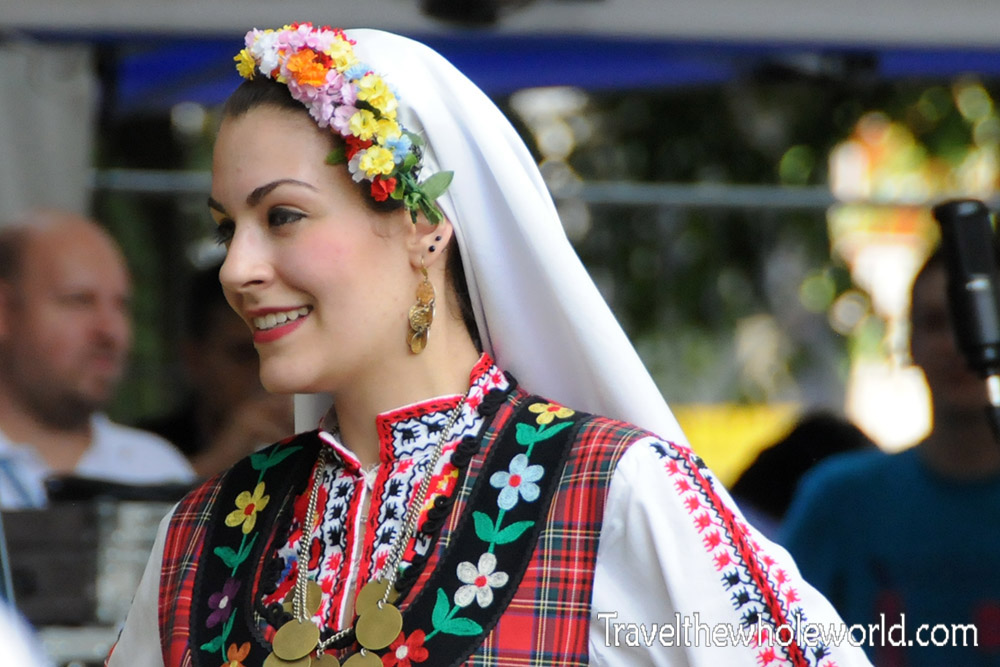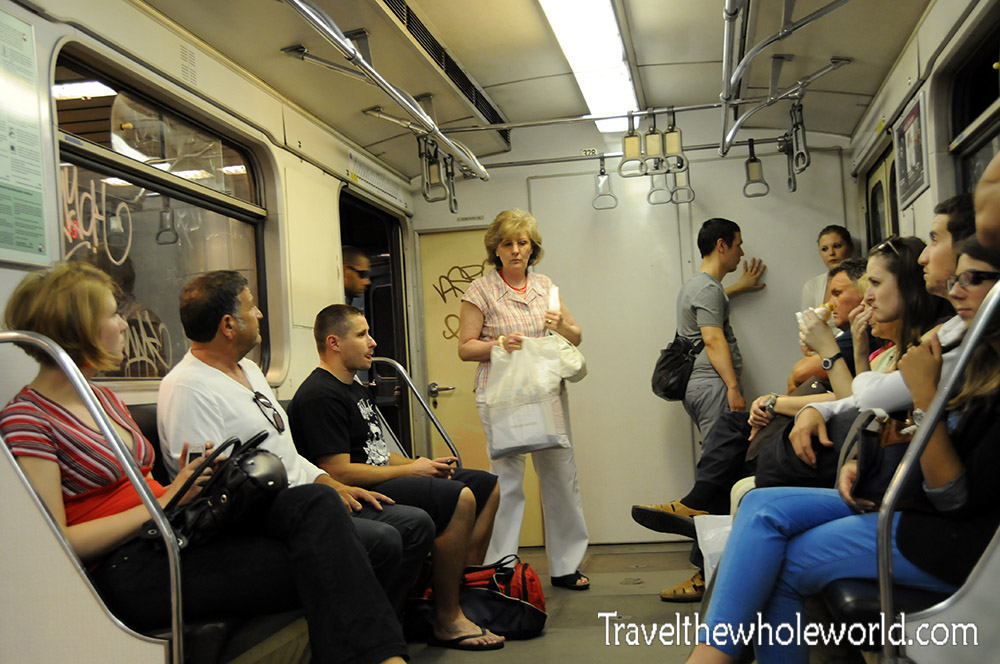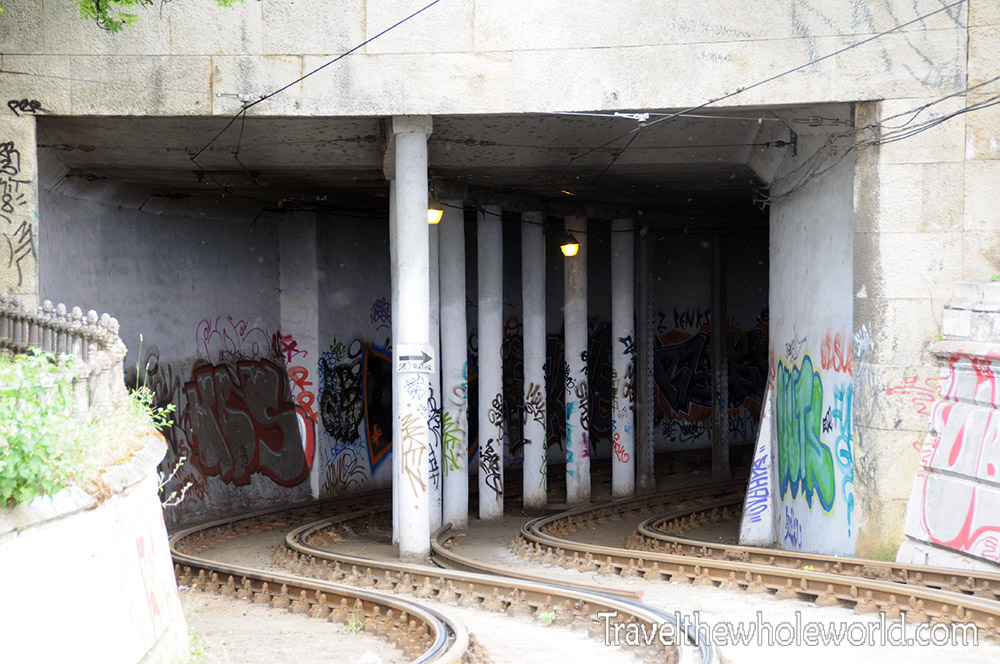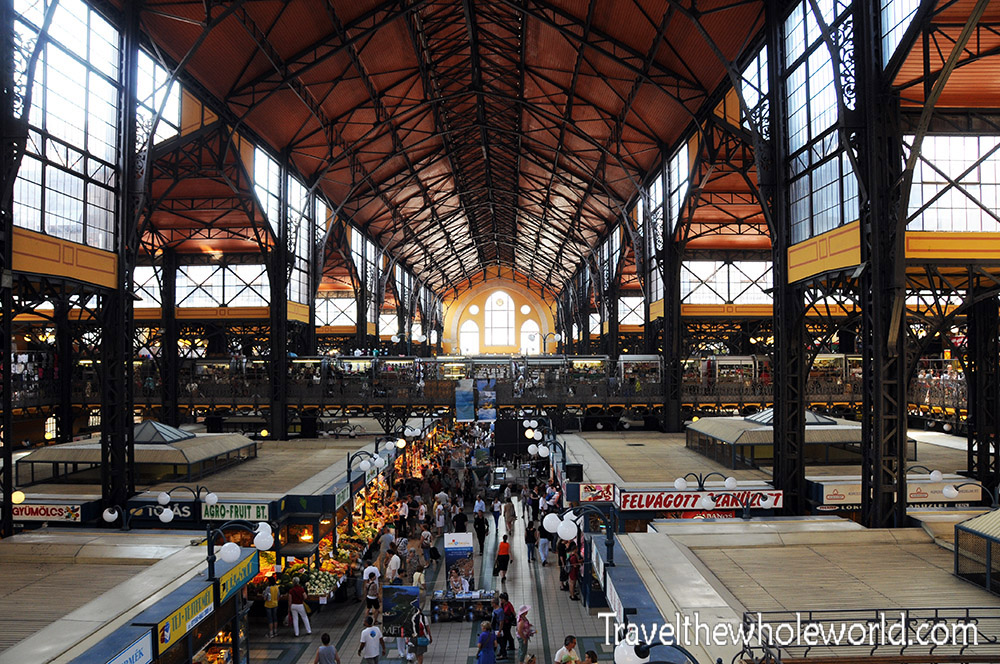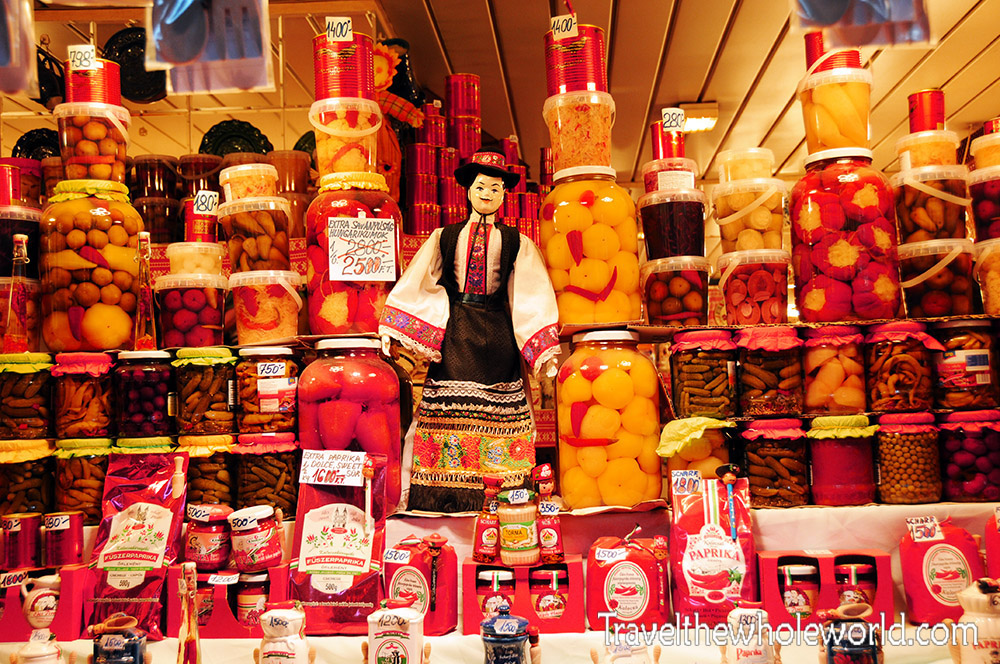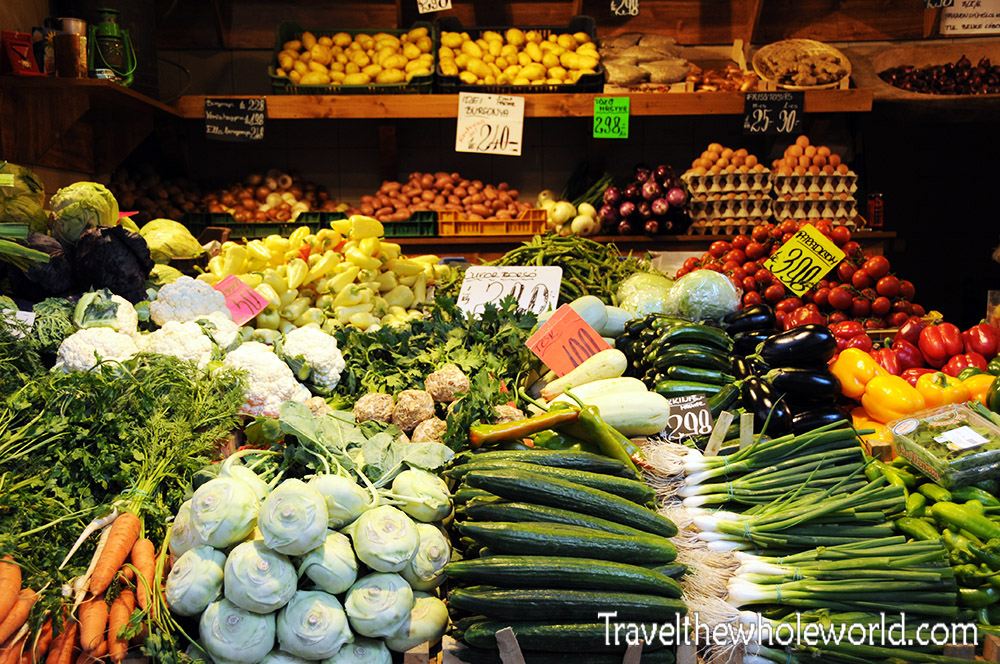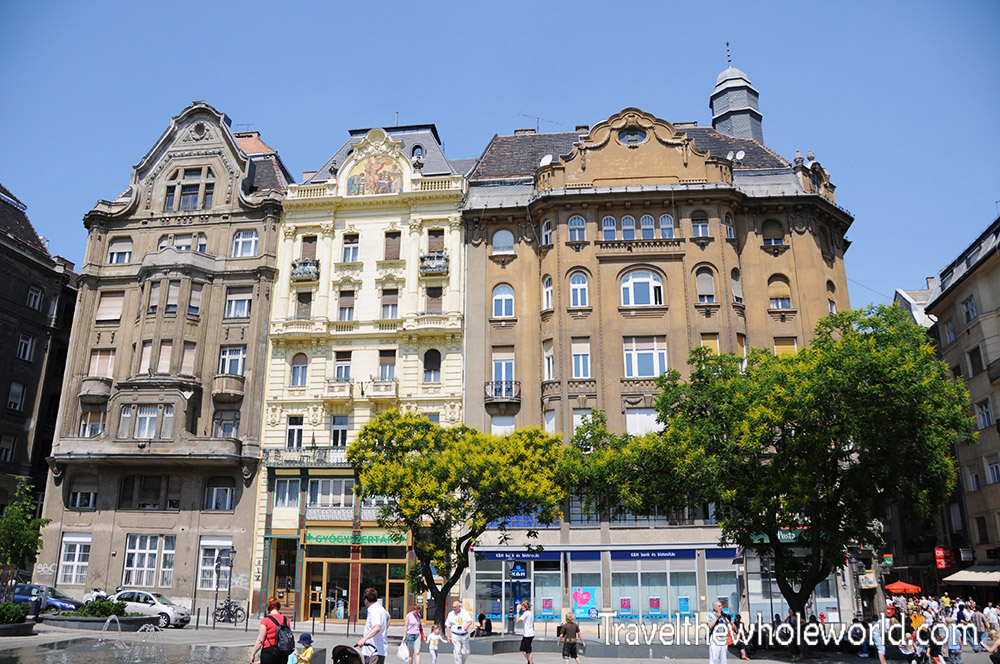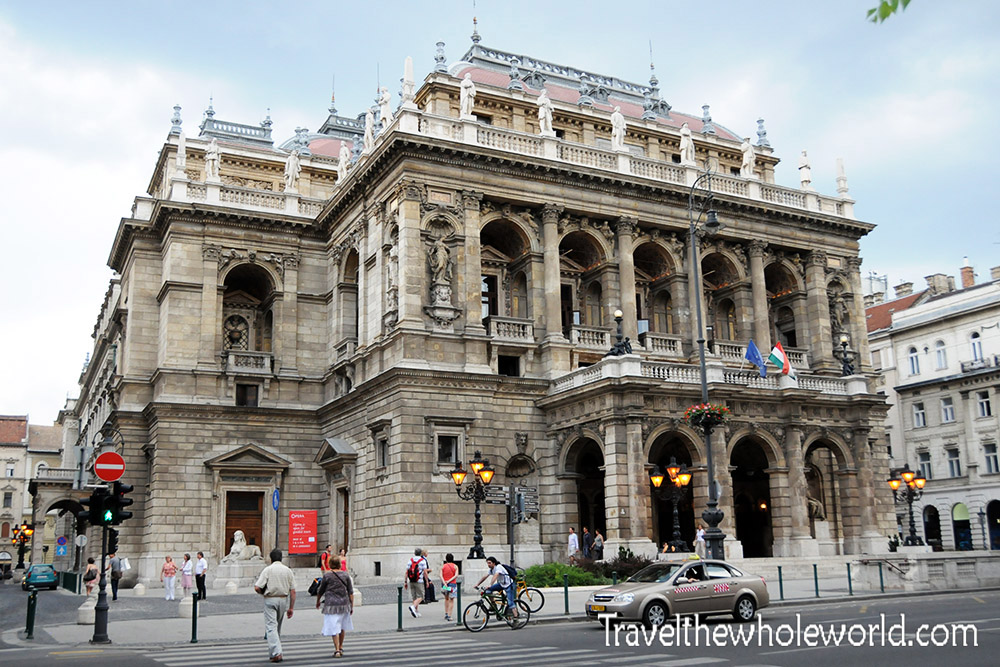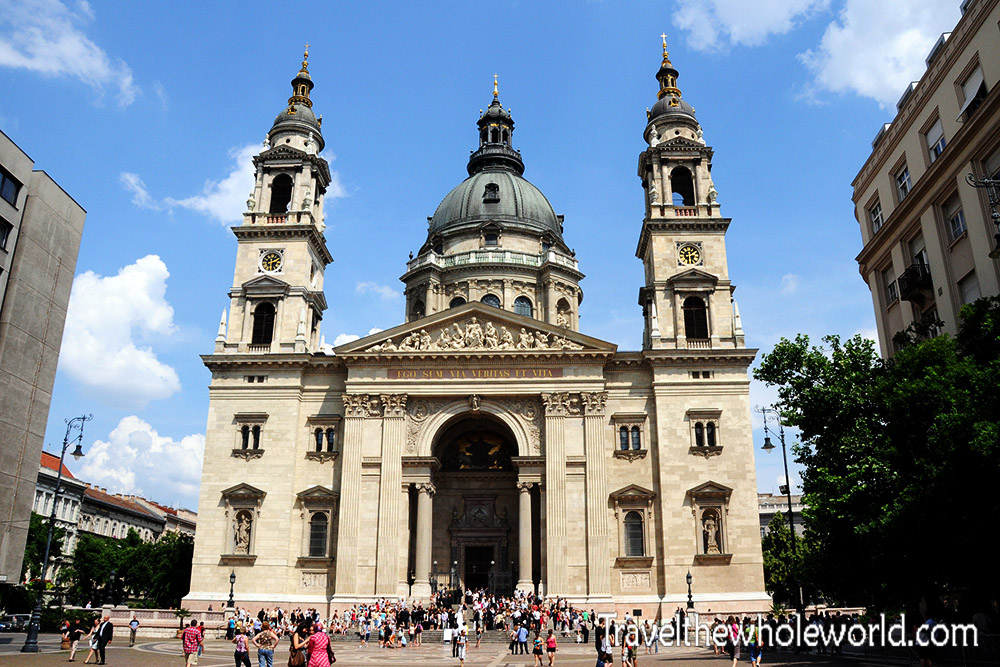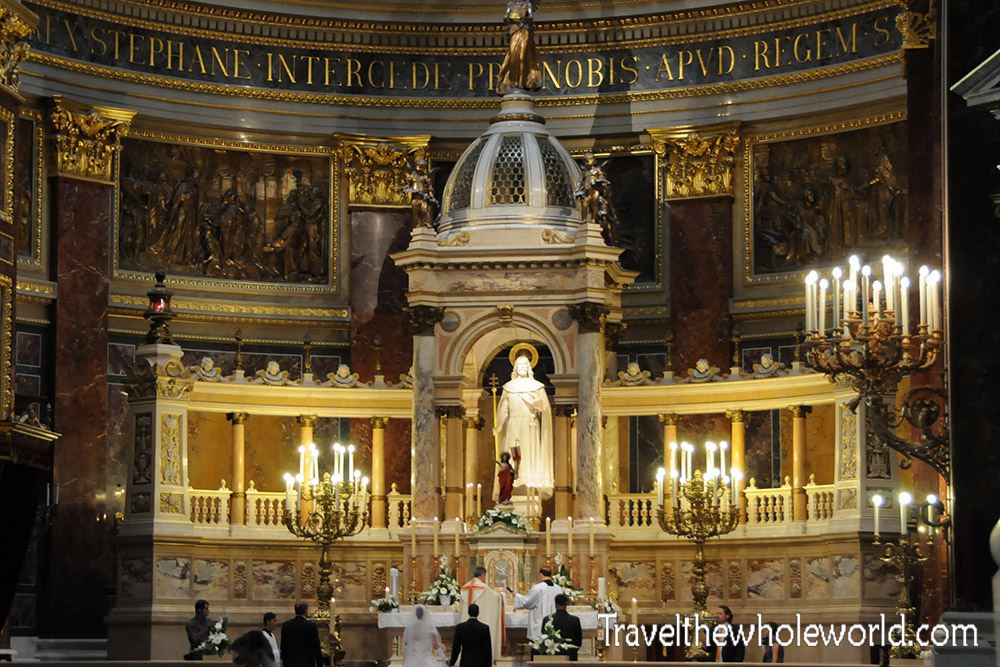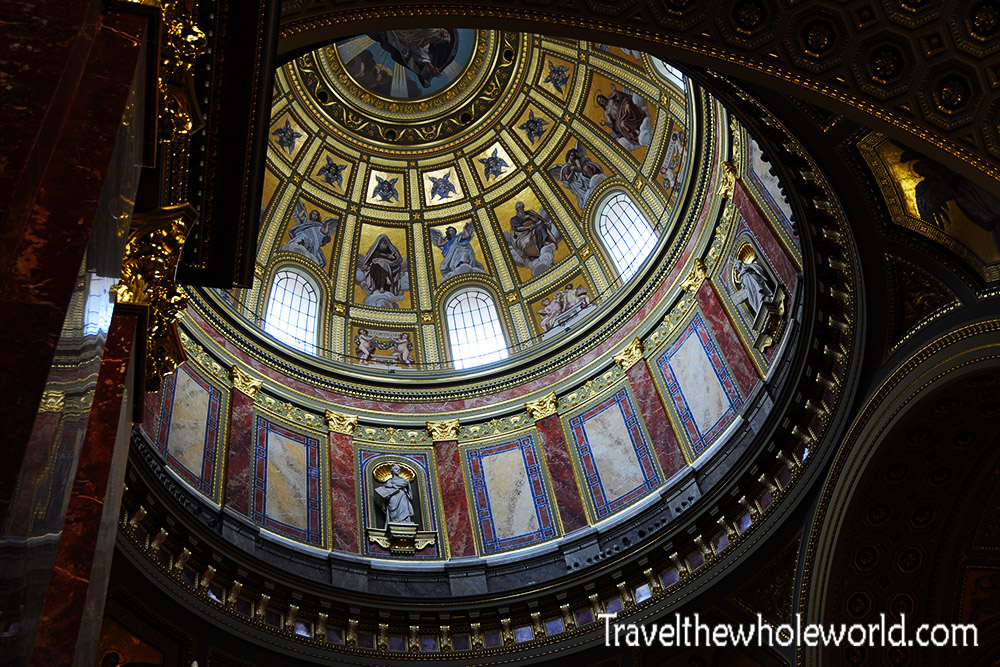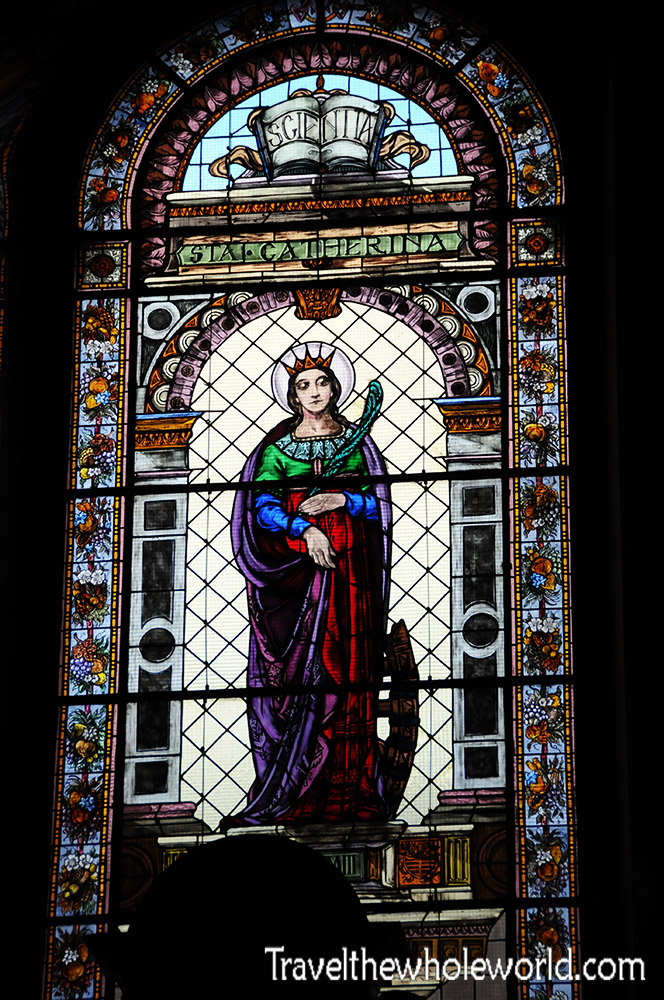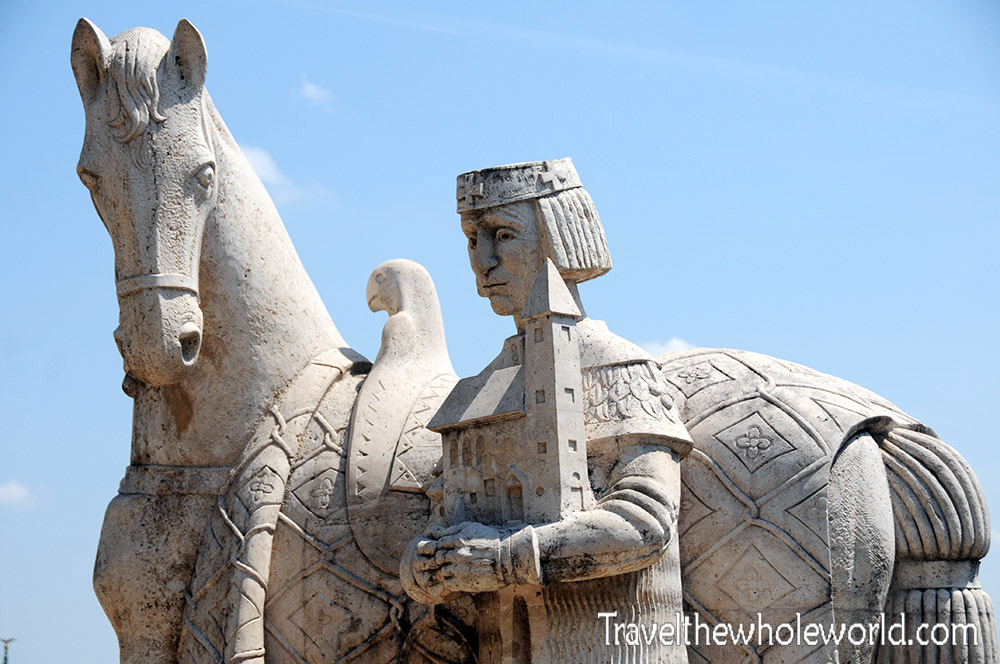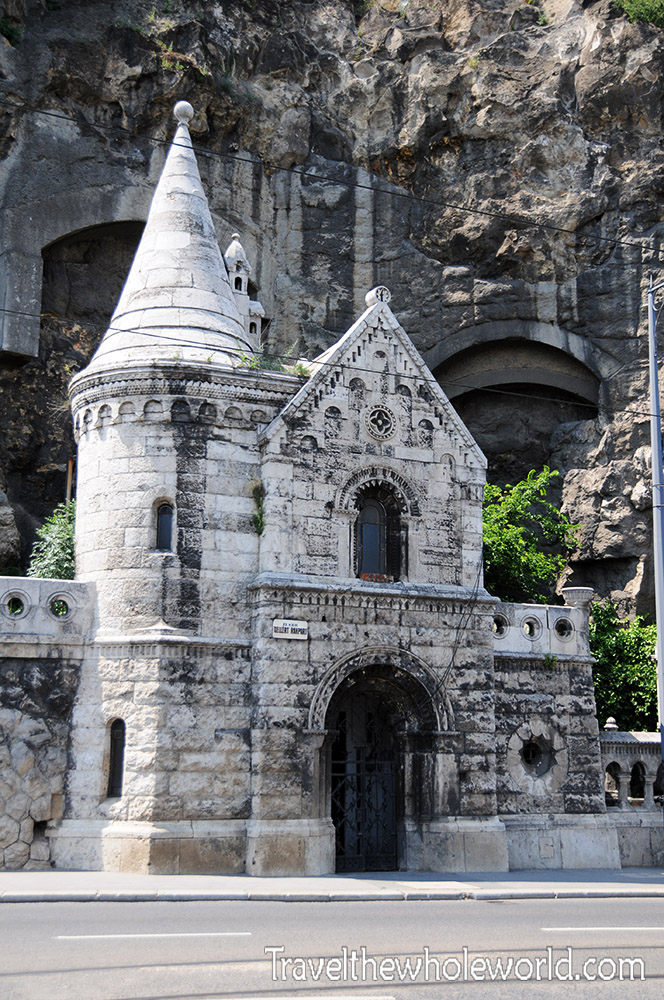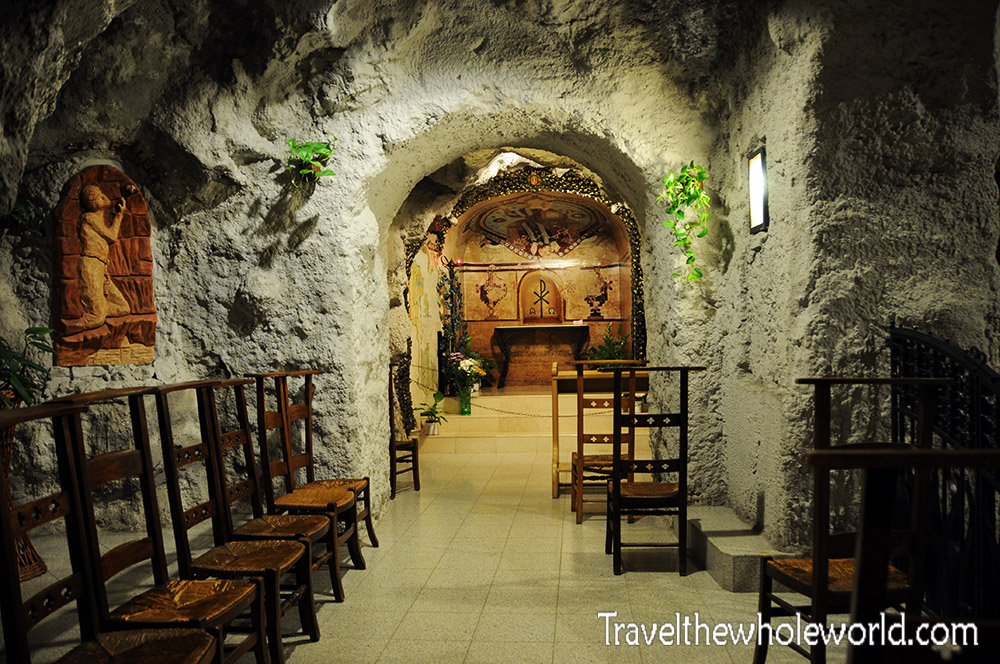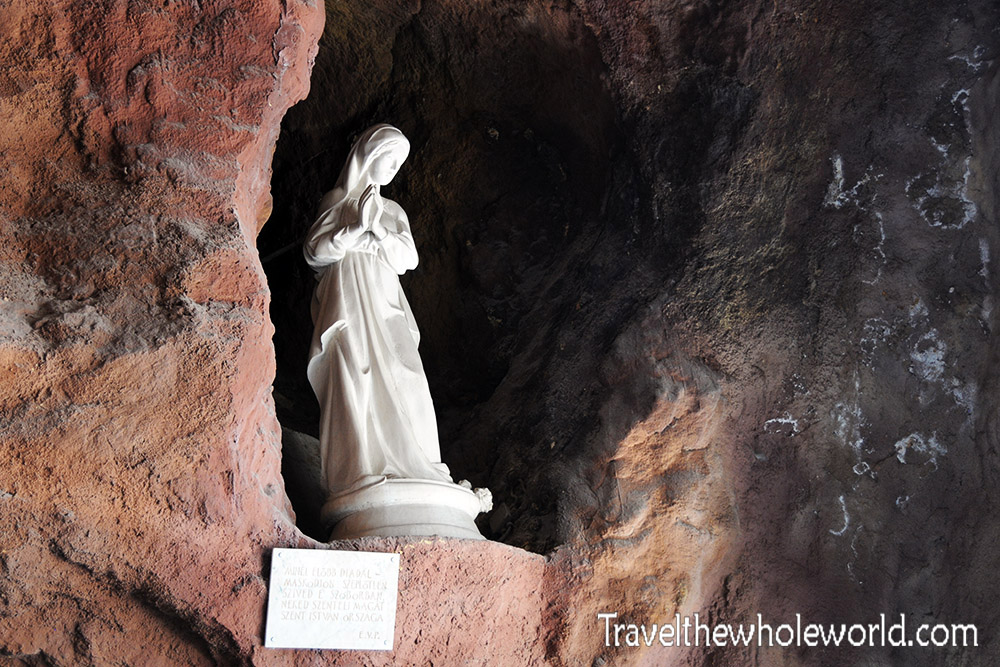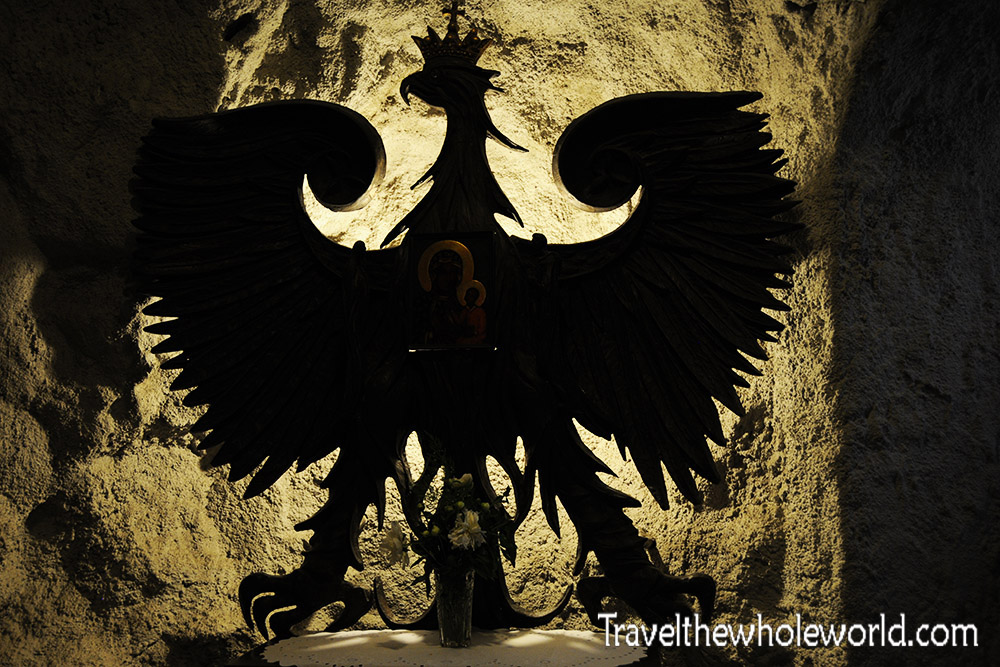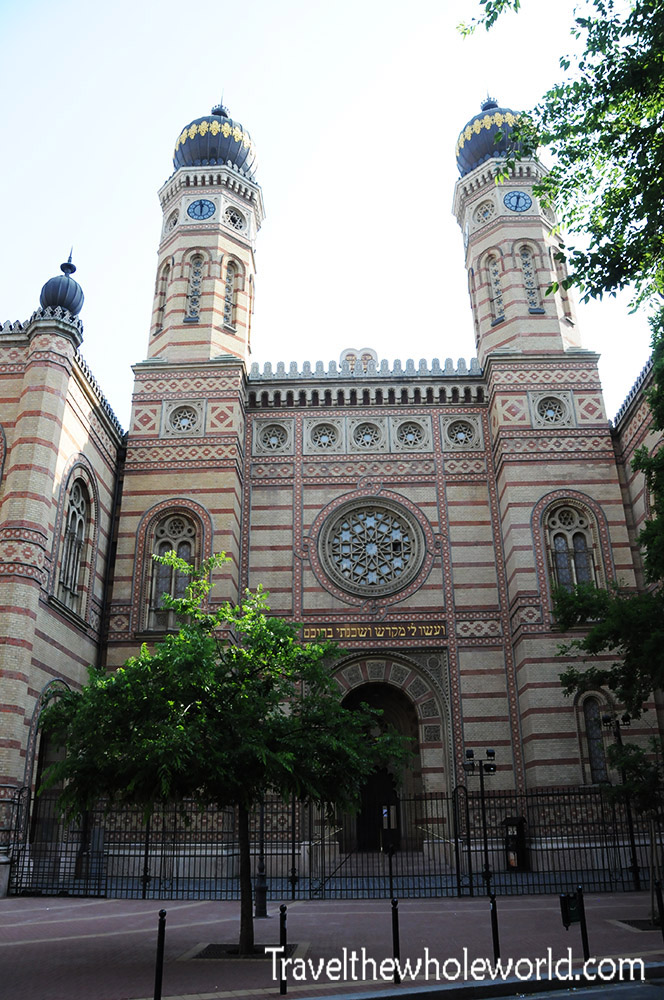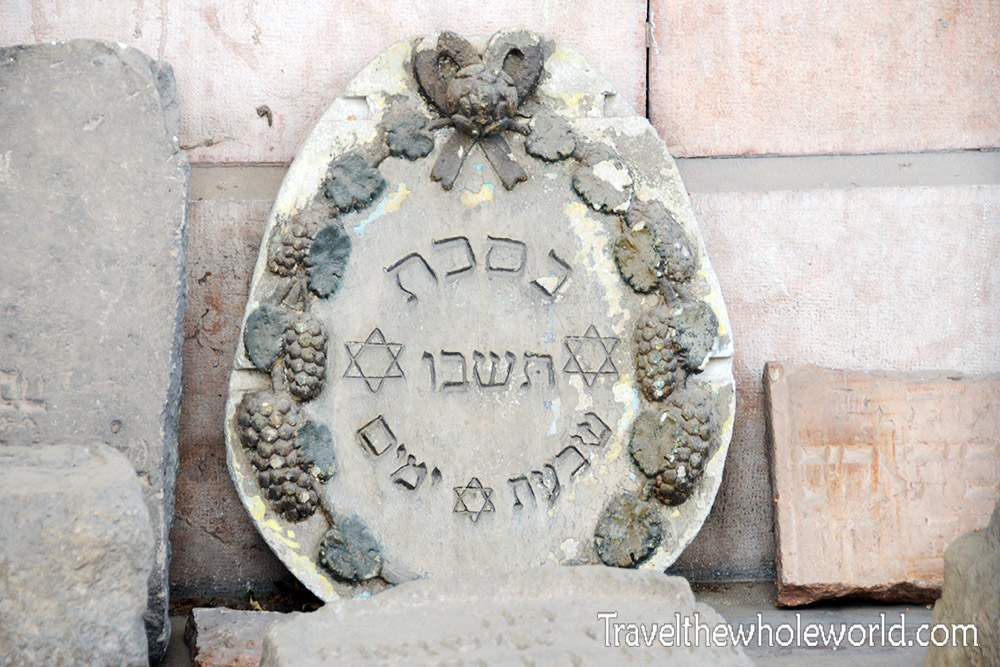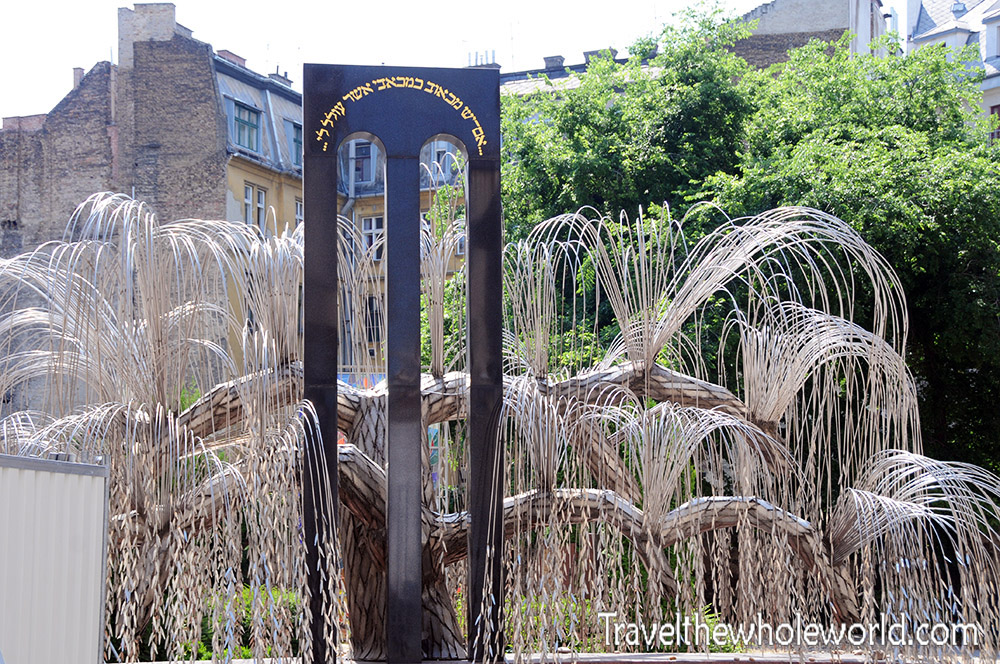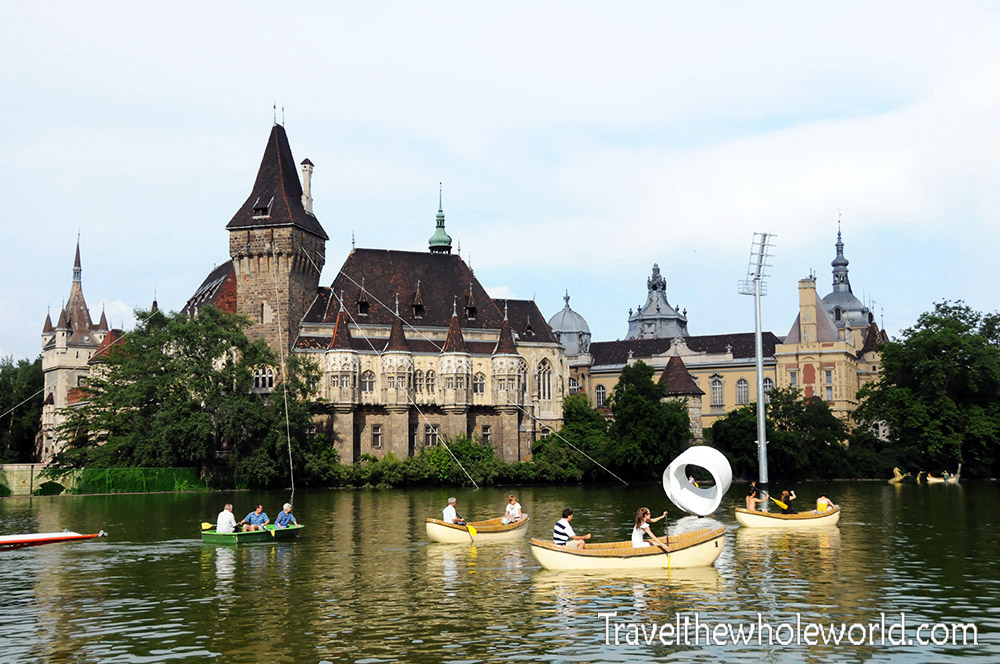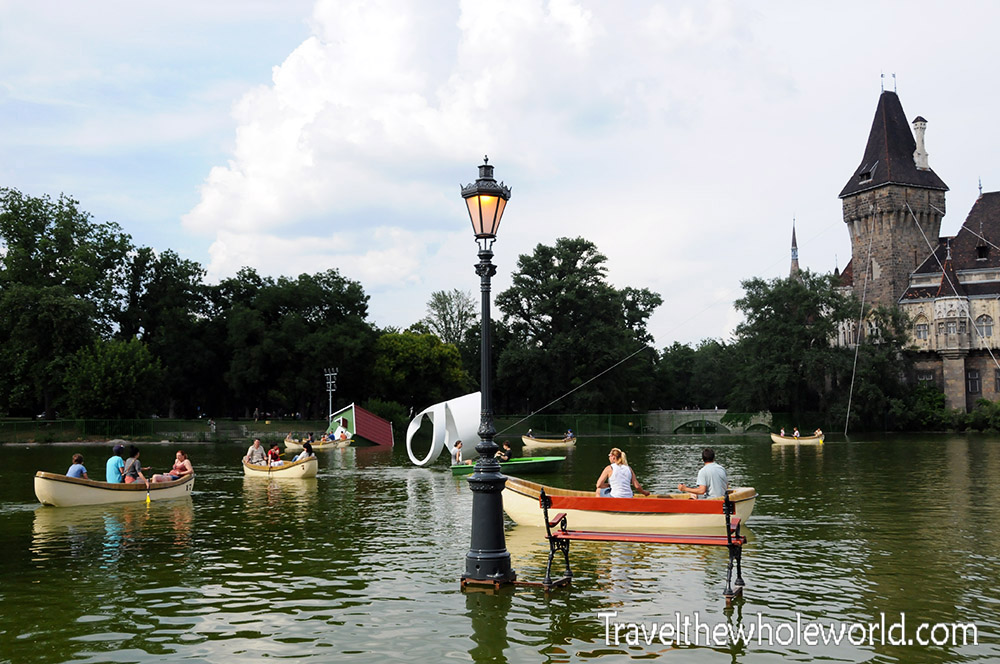Budapest
I found Budapest to be a very beautiful city, I’d even go as far to say it might be the most beautiful city in eastern Europe! Nothing beats walking around the Danube river, especially at night with perfect spring weather. One of my favorites sights in the city was the Erzsebet bridge in the heart of Budapest. The photo below is another shot I took of some of the architecture I came across at night.
Something I never knew until I visited Hungary, is that the capital Budapest is technically two cities split by the Danube River! On one side you have “Buda” and on the other is “Pest”, obviously called Budapest together. I crossed the river so many times I seriously forget which side is which sometimes! I can say with confidence the photo below is on the Buda side, since that is the Buda castle. This single photo does no justice, and I’ll be sure to spend more time at the castle on my next visit. Kings have ruled from this castle since the 14th century, and today part of it is home to several museums and institutions.
Another museum I didn’t visit the Hungarian National museum photographed above. I’ll save that for another visit when the weather isn’t so perfect! I did spend some time in Hero’s Square photographed below. Hero’s square has the site of dozens of important historical and political moments in its time, and is usually the used for national rallies and speeches today.
I didn’t see any rallies or motivated speeches, but I did come across a ton of people outside enjoying the spring weather. I believe these guys above could have been doing Capoeira, below was a large group of skaters.
Throughout Budapest I was also constantly coming across live music and outdoor concerts. If you’re in the city and want some live music, you just need to walk around a few blocks and you’ll find some. From what I could see, all of the outdoor concerts were free. These two photos show just one of a handful I saw in Budapest.
One of the concerts also had some people dressed up doing some type of traditional dancing. Because locals also joined in, I figured this was a local dance and traditional clothing. Years later I found out this is actually a Bulgarian dance, (thanks Beata! 🙂 ).
The only negative experience I had in Budapest was with the police while taking the train. In Washington DC where I use the subway from time to time, if your ticket doesn’t have enough money to meet the fare, you can simply add credit to it before exiting. When I first arrived to Budapest the train I needed to get on was seriously about to close its doors, and not having time to look for a kiosk or place to get a ticket I jumped on assuming I could buy a ticket on board or when I got off like I do in most countries. Wrong! When I got off the police were waiting and slapped me with a fine. They gave me a card in English that said I had been stealing the city’s services and it showed the total fine for a ridiculous $40. I tried to argue my way out of it but these guys didn’t speak any English, and being in Hungary for about 15 minutes I spoke zero Hungarian. Sadness.
I was a bit turned off by the subway after that experience, so I walked most places which is what I prefer anyway. One place I stumbled into was the Great Market Hall. This place is pretty hard to miss, as it’s right in the city center just a block from the river. The photo above shows the entire market hall.
There are two floors in the Great Market Hall, with a range of items for sale. Most of it seemed to be meat or produce, but there are plenty of areas for electronics, clothes, and even some good restaurants.
My favorite experience in the city was definitely exploring all the neighborhoods and admiring the architecture. These buildings above were businesses and apartments not too far away from the Danube River. There are so many beautiful buildings in the city that I couldn’t identify this one below. Later I found out it’s the Hungarian State Opera House, (thanks again Beata! 🙂 ).
Budapest has a number of important religious buildings in the city. These two photos above and below are from one of the most famous, St Stephen’s Chapel. Unlike most famous religious buildings in Europe, this basilica is relatively new, having been completed in 1905. It was named after the first King of Hungary, who ruled around 1000 CE.
St. Stephen’s basilica is considered the most important church in the entire nation, and is actually the third tallest structure in Budapest. Something I missed was the king’s “incorruptible” hand. The mummified hand is kept on display in the basilica’s reliquary. I would have definitely taken the time to see for myself, but without a local tour guide that’s one of those things you risk missing. I did otherwise explore other parts of the basilica. Above is the church’s main dome, and below a photo of some impressive stained glass.
A smaller but more unique place of worship in Hungary is the Gellért Hill Cave, also called Saint Ivan’s Cave. Like St. Stephen’s basilica, the cave monastery is relatively new and was only built in the late 19th century. Although its much closer to modern than ancient, the site has an interesting past from before the monastery was built, beginning as a home for poorer peasants in the country. The monument above is of St. Ivan.
As time passed, the caves became a place of worship by Pauline monks, and eventually transitioned into the monastery. At one point, the Soviet Red Army even captured the cave and sealed it off. It wasn’t until 1989 that the cave was finally reopened and became a place of worship again. The photo above shows one of the prayer rooms as you first enter the cave monastery.
These two surrounding pictures are also from the inside the Cave Monastery. You might wonder how the monastery got light being in a cave, but it was built inside a hill rather than deep underground. Some of the rooms had windows or stained glass with natural light coming in, such as with the Virgin Mary above. Another section even opened up to an outside deck, but this was blocked off to the public. There is of course plenty of places with modern lightning as well, such as the one behind this large dragon.
Another religious pace I visited was Budapest’s Great Synagogue. The Great Synagogue, also called the Dohany Street Synagogue, is easily the most impressive I’ve seen, and probably will remain so until I visit Israel one day. The synagogue was built in 1859 and remains active today. I couldn’t find consistent information, but it seems that there are only two or three synagogues in the world that are larger.
For over a thousand years Jews have lived in Hungary, sometimes peacefully, other times suffering from discrimination; especially in the middle ages. I found it incredible that before World War II, one out of four people in Budapest were Jewish. Once Hungary became under communist rule, these numbers plummeted as they sought refuge in other nations. When I visited I tried to enter the main building but was turned around by members of the synagogue due to a holiday. By chance, I had met a friend from Israel who was with me but that brought us no luck! These photos were all taken from the outside, with what I believe to possibly be a tomb in the photo above, and their famous Holocaust Memorial, the Weeping Willow below.
One of my favorite places in Hungary was Vajdahunyad Castle. This beautiful castle was built at the very end of the 19th century to coincide with the 1,000 year anniversary of Hungarians successful conquest of the Carpathian Basin. When I visited there were tons of festivals going on with live music, food, and beer stands, as well as people playing sports and other activities. It was definitely one of the most lively parts of the city!
